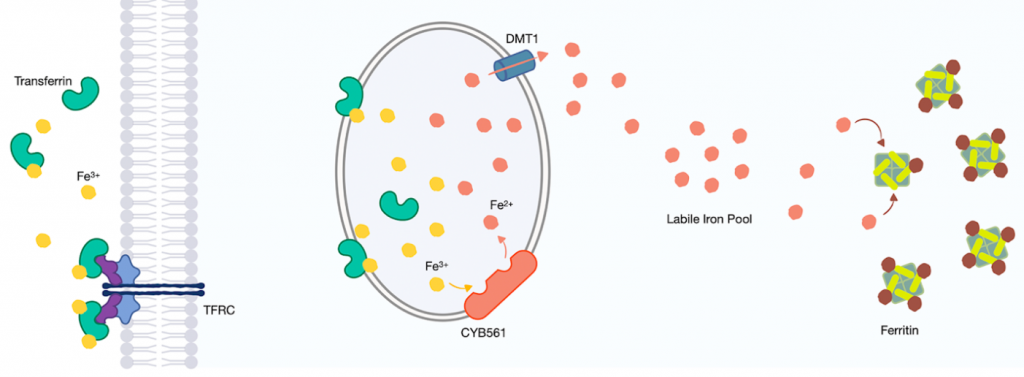
THE WORLD Health Organization said prostate cancer is the third most common type of cancer among Filipino men. In 2022, almost 10,000 Filipino men were diagnosed with the disease. In serious cases, the disease can develop into an aggressive type called castration-resistant prostate cancer (CRPC). Some further progress into the most aggressive form, neuroendocrine prostate cancer (NEPC), where standard treatments no longer work and it becomes the most fatal of all prostate cancers.
In a pioneering study, Romie Angelo Azur, Kevin Christian Olarte, Weand Ybañez, Alessandria Maeve Ocampo, and Dr. Pia Bagamasbad of the UP Diliman College of Science National Institute of Molecular Biology and Biotechnology (UPD-CS NIMBB) identified and described a key protein that contributes to the progression of prostate cancer into NEPC, elucidating the molecular basis of the disease and paving the way for identifying novel treatments.
Prostate cancer depends on male sex hormones, or androgens, to grow. When the prostate cancer cells don’t have access to androgens, their development is stunted. This is why androgen deprivation therapy (ADT) is the standard treatment for the disease.
Over time, however, the cancer cells can mutate in ways that enable them to develop without the need for androgens. This advanced type is resistant to ADT and may develop into the most aggressive form, the NEPC. Dr. Bagamasbad and her team discovered that a protein called CYB561 is pivotal for the progression, growth, and survival of aggressive, treatment-resistant prostate cancer cells.
“CYB561 has a dual role in driving cancer,” said Dr. Bagamasbad. “It activates specific growth factors and manages iron levels, both of which appear to help the cancer thrive and grow even when deprived of the male hormones it usually depends on.”
Using publicly available data from prostate tumors and experimental findings from human cell culture lines, they discovered that CYB561 is more prevalent in CRPC and NEPC cells than in normal prostate cancer cells. When they depleted CYB561, the prostate cancer cells became more sensitive to enzalutamide, a common ADT drug, suggesting that the protein provides some resistance to the drug.
Furthermore, they found that CYB561 converts iron into a more active form essential for various cell processes, including supporting the growth of aggressive forms of cancer. As such, the cancer cells require higher iron levels, and CYB561 seems to help maintain the needed active iron concentration. Knocking down the protein lowered active iron levels in NEPC cells, delayed the progression of CRPC to NEPC, and dampened the highly aggressive behavior of NEPC cells.
The findings of their study, now published in PLOS One, can help develop new therapies for CRPC and NEPC. “By understanding the role of CYB561 in prostate cancer,” said Dr. Bagamasbad, “we have not only gained a deeper understanding of how prostate cancer develops drug resistance but we have also potentially identified a new target for future treatments, paving the way for novel therapies that could specifically inhibit CYB561’s activity to slow down or stop cancer progression.”
In the future, Dr. Bagamasbad and her team hope to experiment on animal models and primary tumor samples. They also plan to examine whether Filipinos have higher risks of developing CRPC and NEPC, and if CYB561 contributes to the aggressiveness of the disease. “More importantly, we need to identify other key players involved and establish a drug screening platform that can mechanistically target CYB561 activity,” Dr. Bagamasbad concluded.
References:
Azur RAG, Olarte KCV, Ybañez WS, Ocampo AMM, Bagamasbad PD (2024) CYB561 supports the neuroendocrine phenotype in castration-resistant prostate cancer. PLOS ONE 19(5): e0300413. https://doi.org/10.1371/journal.pone.0300413
Ferlay J, Ervik M, Lam F, Laversanne M, Colombet M, Mery L, Piñeros M, Znaor A, Soerjomataram I, Bray F (2024). Global Cancer Observatory: Cancer Today. Lyon, France: International Agency for Research on Cancer. Available from: https://gco.iarc.who.int/today, accessed 15 July 2024.

